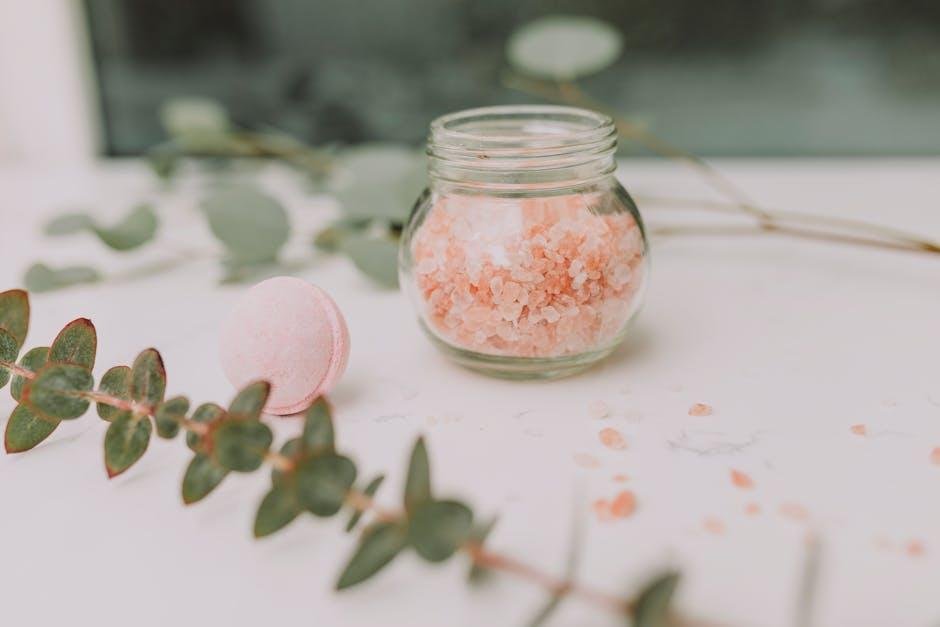Every dog is unique, but those with sensitive skin deserve a bit more TLC. Just like us, dogs with delicate skin can experience itchiness, redness, and recurring flare‑ups. With the right approach, you can make bath time and daily care soothing and effective while avoiding common pitfalls.

🧐 What Counts as “Sensitive” Skin?
Dogs with sensitive skin often show signs such as excessive scratching, dry or flaky patches, redness, hot spots, and even hair loss . If your pup is avoiding petting or licking certain areas, compare their reaction to a friend with a sunburn—it’s uncomfortable, and they need some gentle relief.
Why Their Skin Is Extra Vulnerable
Thinner natural barrierCanine skin lacks some of our protective lipids. Their stratum corneum relies heavily on lipids, ceramides, and natural moisturizers—when that barrier is weak, allergens and irritants slip through .
Genetics and breed traitsCertain breeds—like Bulldogs, Greyhounds, or short‑coated dogs—are more likely to have skin sensitivities due to their genetic makeup .
Allergies and environmental factorsCommon triggers include pollen, dust, mold, fleas, and even some foods. Seasonal allergies often flare in spring or autumn .
Spotting the Signs
Knowing what to look for helps you act early:
Constant scratching, licking, or biting at the skin
Visible redness or swelling
Dry, scaly, or flaky patches
Hair thinning or bald spots
Foul smells or warm, moist sores (hot spots)
These signs aren’t just annoying—they hint at deeper issues like infections or allergies. If symptoms persist, don’t wait—visit your vet.
Daily Care: Gentle but Effective
🧼 1. Tailored Bathing Routine
Use gentle, fragrance‑free shampoos designed for sensitive skin. Options with oatmeal, aloe vera, or chamomile are soothing .
Avoid harsh soaps, dyes, parabens, or sulfates that strip away oils. Lukewarm water and a calm approach can significantly reduce stress and dryness .
🧹 2. Regular Grooming
Brushing helps distribute natural oils and prevents mats that trap moisture and bacteria .
Wiping paws after walks removes pollen and dust from your pup’s fur and feet .
💧 3. Hydration & Humidity
Keep fresh water accessible—hydration supports skin elasticity.
In dry climates or winter months, consider using a humidifier to prevent dry skin .

Nutrition & Supplements
Nourishing skin comes from within:
Omega‑3 and Omega‑6 fatty acids (found in fish oils or quality foods rich in salmon) boost skin hydration and health .
Vitamins A and E support healing and antioxidant protection .
High‑quality protein avoids food sensitivities. Rotation diets or novel proteins like turkey or lamb can help eliminate triggers .
Pre/probiotics support gut health, which can positively affect skin—look for foods designed for sensitive stomachs .
Vet‑Recommended Remedies
When symptoms get ahead of at-home care, these are trusted tools:
Medicated shampoos with chlorhexidine or antifungal/antibacterial properties are strong against infections .
Topical vitamin E or barrier creams soothe patches and support healing .
Avoid bandaging hot spots—these need air and veterinary monitoring to heal properly .
Natural & Home Remedies (Vet‑Approved)
Oatmeal baths can calm inflammation and lock in moisture .
Chamomile or green tea soaks may ease irritation .
Coconut oil—applied topically or added to food—offers antibacterial properties and a moisture boost, but be cautious with its fat content .
Apple cider vinegar sprays (diluted, of course) can help with itching—avoid open wounds .
Final Thoughts 🐾
Sensitive skin in dogs isn’t just about comfort—it can signal deeper health issues. A gentle caretaking routine, proper diet, and good vet guidance work together to keep your dog happy, healthy, and itch‑free. With consistent love and attention, pups with sensitive skin can thrive—and so can their humans.





